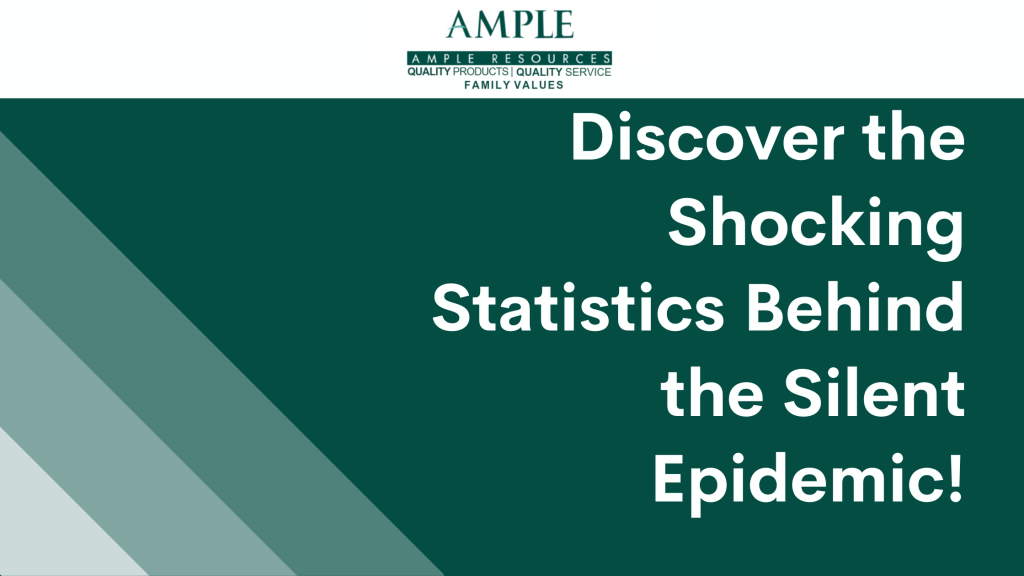
From Shadows To Spotlight: Understanding The Global Crisis Of Diabetes And Its Hidden Costs
Diabetes is often referred to as a “silent epidemic,” and for good reason. This chronic condition affects millions of people worldwide, with its prevalence soaring to alarming levels. Beyond the individual struggles of managing diabetes, the disease poses a significant global health challenge with far-reaching implications. From disparities in healthcare access to socioeconomic factors influencing disease outcomes, the global burden of diabetes demands urgent attention and action.
Global Prevalence and Economic Burden
According to the International Diabetes Federation (IDF), approximately 537 million people were living with diabetes in 2021, representing about 10.5% of the global population. This number is projected to rise to 783 million by 2045 if effective prevention strategies are not implemented[4]. The economic burden of diabetes is staggering, encompassing direct medical costs, loss of productivity, and significant strain on healthcare systems. In 2021 alone, global health expenditures related to diabetes reached an estimated $966 billion, a figure expected to surpass $1 trillion by 2045[3][4].
The financial implications are particularly severe for low- and middle-income countries (LMICs), where healthcare systems are often underfunded and ill-prepared to handle the increasing demand for diabetes care. In fact, about 80% of people with diabetes live in these regions, highlighting a critical need for targeted interventions and resources[3]. The rising prevalence of diabetes not only threatens individual health but also poses a substantial challenge to economic stability and development globally.
Disparities in Healthcare Access and Outcomes
Access to diabetes care varies widely across different regions and populations, exacerbating existing health disparities. In many low-income countries, individuals face significant barriers to accessing essential medications, diagnostic tools, and diabetes education. This lack of access contributes to poorer health outcomes and increased mortality rates among those living with diabetes.
For instance, nearly 240 million people are estimated to be living with undiagnosed diabetes worldwide, with the highest prevalence found in LMICs[4]. This means that almost half of all adults with diabetes are unaware they have the condition, which can lead to severe complications such as heart disease, kidney failure, and lower limb amputation if left untreated[2][4].
Addressing these disparities requires a multifaceted approach:
- Improving Healthcare Infrastructure: Strengthening healthcare systems in LMICs is crucial for providing adequate diabetes care.
- Increasing Affordability of Medications: Ensuring that essential medications like insulin are affordable and accessible can significantly improve outcomes.
- Enhancing Diabetes Education: Community-level education programs can empower individuals to manage their condition effectively.
Real-life examples illustrate the impact of these disparities. In countries like India and Nigeria, where healthcare resources are limited, many individuals with diabetes go undiagnosed or receive inadequate treatment. This situation underscores the urgent need for global initiatives aimed at improving access to care.
Advocacy and Awareness: Driving Change on World Diabetes Awareness Day
World Diabetes Awareness Day, observed on November 14 each year, serves as a pivotal moment to raise global awareness about diabetes and advocate for improved healthcare policies and resources. This day provides a platform for educating communities about the importance of early diagnosis and effective management of diabetes.
The theme for this year’s World Diabetes Day is “Breaking Barriers, Bridging Gaps,” emphasizing the need for collective action to address the challenges faced by those living with diabetes[2]. Advocacy efforts can take many forms:
- Public Awareness Campaigns: These campaigns can mobilize support for diabetes prevention programs and highlight the importance of regular screenings.
- Community Engagement: Local events can foster dialogue about diabetes management and encourage individuals to seek help.
- Policy Advocacy: Engaging policymakers to prioritize diabetes care within national health agendas can lead to significant improvements in access and quality of care.
By leveraging platforms like World Diabetes Awareness Day, stakeholders—including healthcare professionals, policymakers, and community leaders—can work together to reduce the burden of diabetes on individuals and communities.
Conclusion
As we reflect on the latest innovations in diabetes management and treatment alongside the global impact of this disease on World Diabetes Awareness Day, it’s clear that progress is being made on multiple fronts. From technological advancements that enhance daily diabetes care—like continuous glucose monitors—to global initiatives aimed at addressing disparities in healthcare access, the journey toward better diabetes outcomes continues.
However, challenges remain. The increasing prevalence of diabetes demands sustained efforts from all sectors—governmental bodies, healthcare providers, community organizations, and individuals—to ensure that effective prevention strategies are implemented. By staying informed about the impact of diabetes on global health, advocating for change within our communities, and supporting research efforts aimed at understanding this complex disease better, we can collectively work toward a future where diabetes is not only understood but effectively managed—and ultimately prevented.
For more information on how you can contribute to this cause or learn more about managing diabetes effectively, visit www.ampleresources.co.za. Together, we can make a difference in combating this silent epidemic that affects millions worldwide.
Citations:
[1] https://www.nature.com/articles/s41598-020-71908-9
[2] https://www.weforum.org/stories/2024/11/diabetes-silent-epidemic-world-health/
[3] https://www.thelancet.com/journals/lancet/article/PIIS0140-6736(23)01301-6/fulltext
[4] https://pmc.ncbi.nlm.nih.gov/articles/PMC10958528/
[5] https://diabetesatlas.org
[6] https://www.thelancet.com/journals/lancet/article/PIIS0140-6736(23)01296-5/fulltext
[7] https://www.africanjournalofdiabetesmedicine.com/articles/the-epidemiology-of-diabetes-a-global-health-challenge-100759.html
[8] https://www.who.int/news-room/fact-sheets/detail/diabetes

